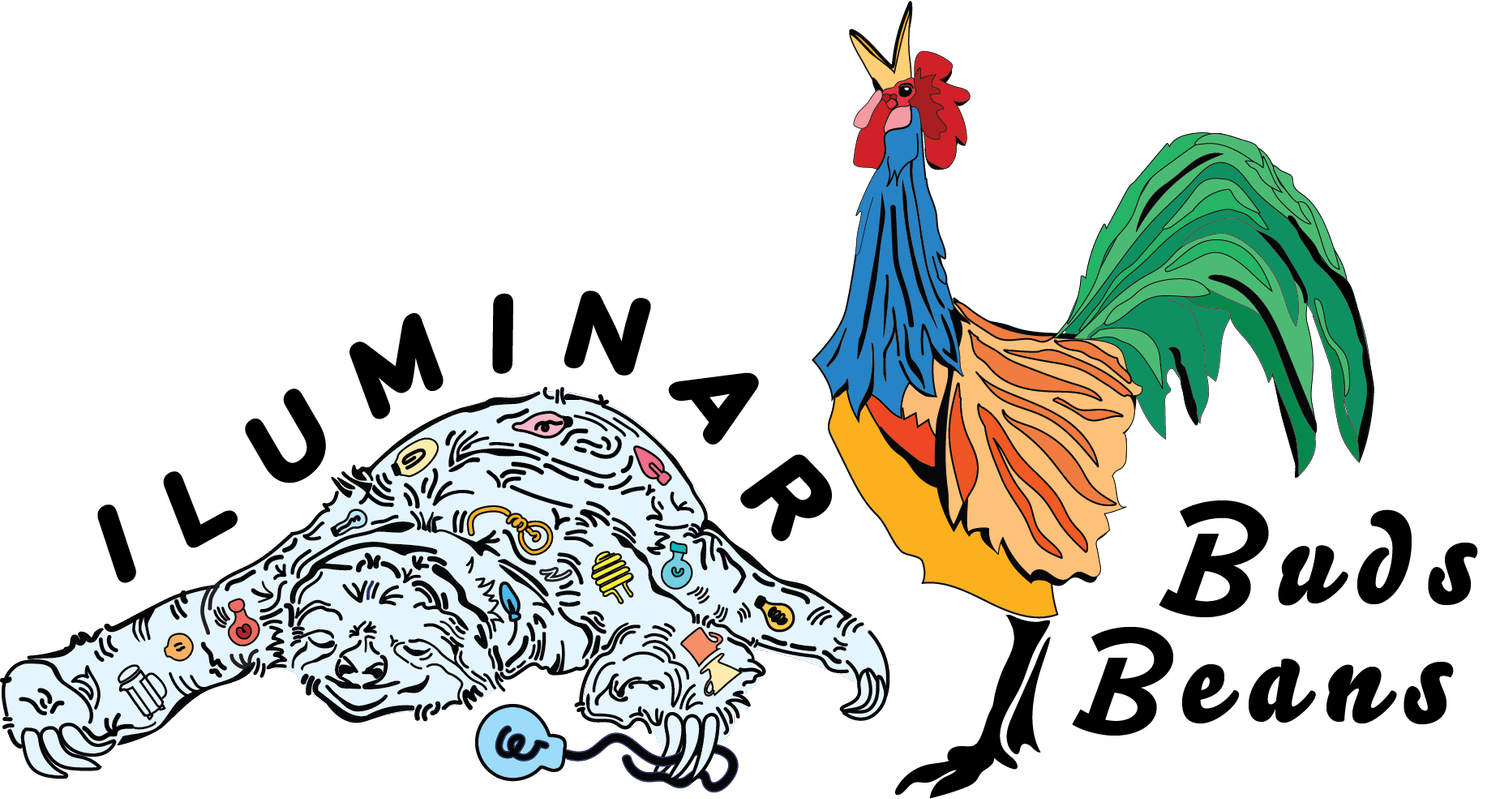Tracing the Journey of Your Cup of Coffee: A simplified view of the Coffee Supply Chain
When you take a sip of your morning coffee, you may not think about the journey it took to get to your cup. But the process of growing, harvesting, and bringing coffee to your local café or grocery store is a complex and global endeavor. In this post, we'll take a closer look at the coffee supply chain and the different players involved.
The first step in the coffee supply chain is the growing of the coffee beans. Coffee is grown in more than 60 countries around the world, with the majority of it being produced by small-scale farmers. These farmers typically have small plots of land and rely heavily on manual labor to grow and harvest their beans. The beans are then sold to intermediaries or directly to processors.
After the beans are harvested, they go through a process called wet or dry processing. Wet processing involves fermenting and washing the beans before they are dried. This method is said to bring out a more fruity flavor. Dry processing involves leaving the beans to dry in the sun, directly on the ground or on raised beds. This method is said to bring out a more earthy flavor.
Next, the beans are packaged and transported to the roasters. Roasters are the companies that buy the raw beans and roast them to bring out the desired flavor profile. The roasting process can have a significant impact on the final flavor of the coffee.
Once the beans are roasted, they are packaged and sent to distributors, who then sell them to retailers such as cafes and grocery stores. The retailers then sell the coffee to the consumer.
Along the way, there are many different players involved in the coffee supply chain, from farmers to roasters to distributors and retailers. Each plays a crucial role in bringing your cup of coffee to your table.
However, it is important to note that the coffee supply chain is not always fair for farmers. Many small-scale farmers in developing countries are not able to make a living wage from their coffee production. This is due to a number of factors, such as lack of access to credit, limited resources, and fluctuating coffee prices.
As consumers, we can make a difference by choosing to buy coffee from fair trade and ethically-sourced companies. This helps to ensure that farmers are paid a fair price for their beans and that they have access to the resources they need to continue growing coffee.
In conclusion, the journey of your cup of coffee is a long and complex one. By understanding the coffee supply chain, we can make informed choices about the coffee we drink and support farmers and fair trade practices.
